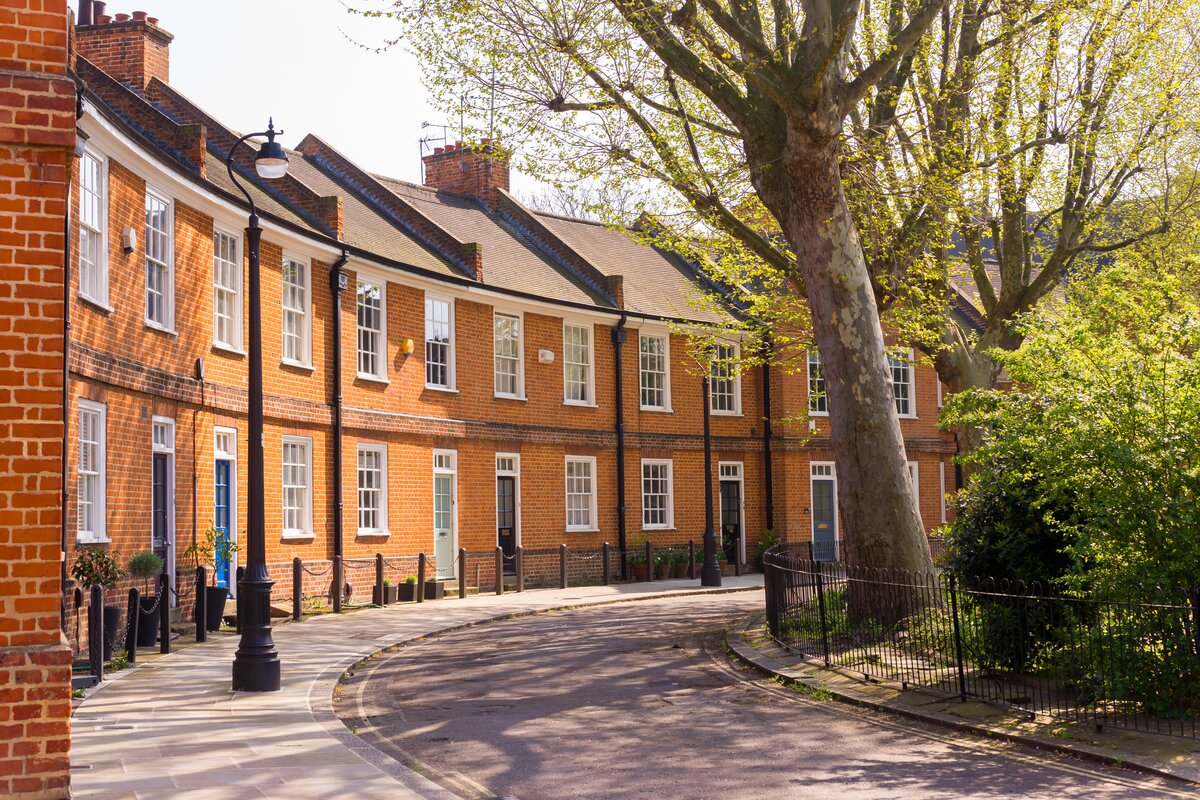Interest Rates and House Prices
Written on 3 February 2023 by

Although the initial media focus on February’s Bank Rate decision was on the 0.5% increase, that was not the most important part of the MPC’s announcement. Arriving at a destination widely expected by most market participants, as was the Bank Rate increase to 4%, is not in itself going to have much impact on market rates.
Far more important was the dovish tone adopted, for the first time since rates started rising. Although the MPC caveated its comments by saying: “there were considerable uncertainties around the outlook”, it now looks very unlikely the Bank Rate will reach 4.5% in this cycle and a strong possibility it will peak at 4%.
The MPC also commented that: “the current setting of Bank Rate would be likely to reduce inflation to well below target in the medium term. As the policy setting had become increasingly restrictive, this would bring forward the point at which recent rate increases would need to be reversed.”
The impact on the gilt market was dramatic, with huge falls in yields for a single day - e.g. the 5 year gilt yield fell by 30b.p. Swap rates matched the fall in gilt yields and as a result we can expect a new sub 4% benchmark to be rapidly established for competitive 5 year fixed mortgage rates.
With initial tracker and discount rates moving above the best 5 year fixed rates - and in many cases in the near future probably also 2 year fixes - the decision of whether to opt for a fixed or variable rate (tracker or discount) becomes more difficult and is a discussion each borrower should have with their independent mortgage adviser, depending on their personal circumstances.
The argument for sticking with a tracker or discount rate is that, even though the pay rate is likely to be higher than rates available on a new fixed rate, it is a price worth paying in the expectation of getting a cheaper fixed rate later this year. The downside of this argument is that you will eventually need an even cheaper fixed rate to make up for paying more over the next few months and it will be difficult to know when to switch; fixed rates may now fall more slowly and, as the MPC said: “There are considerable uncertainties around the outlook.”
However, as most trackers do not have any ERCs anyone with a tracker who is planning to move in the next year or so may feel that paying a slightly higher rate than is available on a fixed rate is a good trade-off for not having any ERCs.
Apart from the impact on the mortgage market there will be many other knock-on effects from the fall in gilt yields, including a bonus for The Chancellor with a significant reduction in UK Government borrowing costs.
One other obvious impact from mortgage rates peaking lower and earlier than previously expected, and starting to fall sooner, is that house prices will fall less than looked likely in October last year.
Although many economists love their seasonal adjustments, my view is that the seasons are now largely irrelevant to house prices, although not to transaction volumes, and there can be little doubt that the recent fall in house prices is down to other factors.
Based on the Nationwide real house price index - i.e. not the more widely quoted seasonally adjusted one - prices have fallen by 5.6% from their August peak to January, with a fall of 1.4% in January. In a blog I posted on 11/10/22 shortly after the Truss/Kwarteng mini budget I forecast that the year-on-year index would turn negative in March or April this year but it now looks quite likely this will happen as soon as this month.
I also suggested that prices would fall by 15% from their peak but with the ending of the economic illiteracy of the Liz Truss era and the subsequent rapid improvement in the interest rate outlook I now think the fall will only be around 10%.
Category:Ray Boulger
The blog postings on this site solely reflect the personal views of the authors and do not necessarily represent the views, positions, strategies or opinions of John Charcol. All comments are made in good faith, and neither Charcol Limited nor Ray Boulger will accept liability for them.
